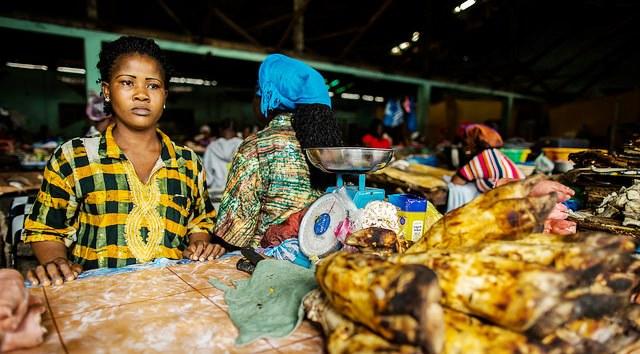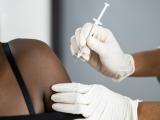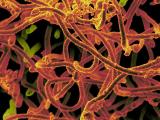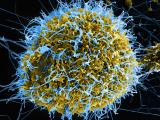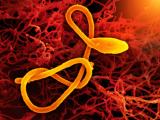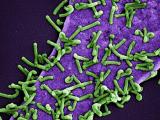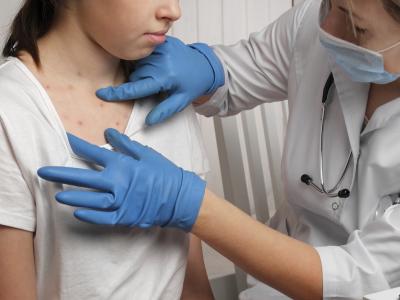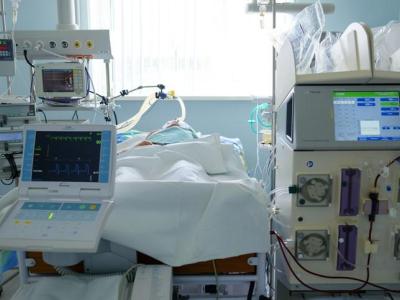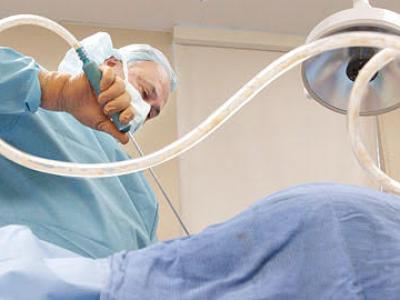About 20% of Liberians who were unemployed during the Ebola outbreak have returned to the workforce, but progress has been spotty, with large gaps that remain in the self-employed sector and in farm settings, according to new results from a World Bank survey.
The improvement—the lowest unemployment numbers seen in the country since October, a sign that the economy is normalizing—was mainly driven by a large increase in wage work in urban areas, the World Bank said in a statement today regarding its most recent cell phone survey.
Self-employed people, however, continue to be the hardest-hit group in the Ebola epidemic, which indicates a lack of working capital and a lack of customers as the main barriers to employment, the group said.
As Liberia continues its recovery, economic goals should include identifying and supporting those who are most vulnerable in the sluggish economy and those whose long-term outlook is affected by decisions they made to cope during the worst part of the outbreak, such as selling livestock or borrowing money, the World Bank said.
Inguna Dobraja, the World Bank's Liberia country manager, said in the statement that with Liberia approaching zero cases, the focus shifts to economic recovery and preparedness for future threats. "There is still much work to be done to protect the long-term welfare of the most vulnerable in Liberia."
Potential effect on farming
The World Bank's latest survey also revealed some concerns in the agricultural sector, finding that 65% of households thought their harvest would be smaller than the previous year. It also noted, though, that the percentage was down from the 80% reported in December.
Labor shortages and the inability to work in groups, a measure used to curb the spread of the disease, are still a problem for agricultural workers. The World Bank said fears that persist into the upcoming farming season, which begins in April, could diminish the amount of land that is cultivated.
Another concern the survey found involved food security: It said three fourths of households nationwide still report that they worried during the previous week that they wouldn't have enough to eat, with a lack of money for buying food the main problem.
Early favipiravir trial findings
Meanwhile, Doctors without Borders (MSF) today fleshed out more details about early findings from a trial of the Japanese-made antiviral drug favipiravir, which is under way at four MSF treatment facilities in Guinea. The first results were reported in the media early this month.
The phase 2 trial launched in the middle of December and is being monitored by an independent committee. MSF said the early findings, based on the first 80 participants, should be shared with the international community.
In a nutshell, it said the results so far don't show efficacy in people who arrive at treatment centers with very high viral loads and already have serious visceral involvement. MSF added, however, that it sees promising signs in those with moderate-to-high viral loads who don't have overly severe visceral lesions.
"With this classification into two groups, we have a much better understanding of Ebola virus disease, and can redefine the role of antiviral monotherapies in the therapeutic arsenal used against the disease," the group said in a press release today.
Though it's too soon to start using the drug outside of the trial setting, the findings support continuing the trial and providing the drug as soon as possible after symptoms appear and before visceral lesions appear, especially renal ones, the MSF said. It also added that other therapeutic options should be considered for those who come to the treatment centers with very advanced disease.
Researchers will present early data from the trial tomorrow at the Conference on Retroviruses and Opportunistic Infections in Seattle.
Other developments
- A research team led by a group from the Massachusetts Institute of Technology (MIT) have developed a paper strip type test that can detect Ebola, as well as yellow fever and dengue fever, in 10 minutes. The group published its findings on Feb 12 in the journal Lab on a Chip. The approach uses lateral flow technology used in tests for pregnancy and for some bacterial infections, but for the first times uses a multiplexing approach that involves multicolored nanoparticles to screen for other pathogens, MIT said in a press release today. The test uses a small sample of blood and could be useful in a triage setting, the authors said. The team is testing the device in the lab with engineered viral proteins and on serum samples from infected animals in advance of submitting the system for US Food and Drug Administration (FDA) approval for use in Ebola outbreak settings. The research was funded by the National Institute of Allergy and Infectious Diseases (NIAID), part of the National Institutes of Health (NIH).
- In today's update from the United Nations Mission for Ebola Emergency Response (UNMEER), the group said efforts to increase community engagement have intensified in Guinea, where misinformation about the disease is still spreading, prompting civil unrest and community resistance that continue to hamper the response. Some of the new efforts are engaging assistance from community elders and from imams and countering false rumors against humanitarian groups working in the area. The report also said authorities have intercepted infected corpses that were being transported in Guinea and Liberia and that authorities have beefed up surveillance and monitoring of border crossings, now that Liberia has reopened its borders.
See also:
Feb 24 World Bank press release
Feb 24 MSF press release
Feb 24 MIT press release
Feb 12 Lab on a Chip abstract
Feb 24 UNMEER update
